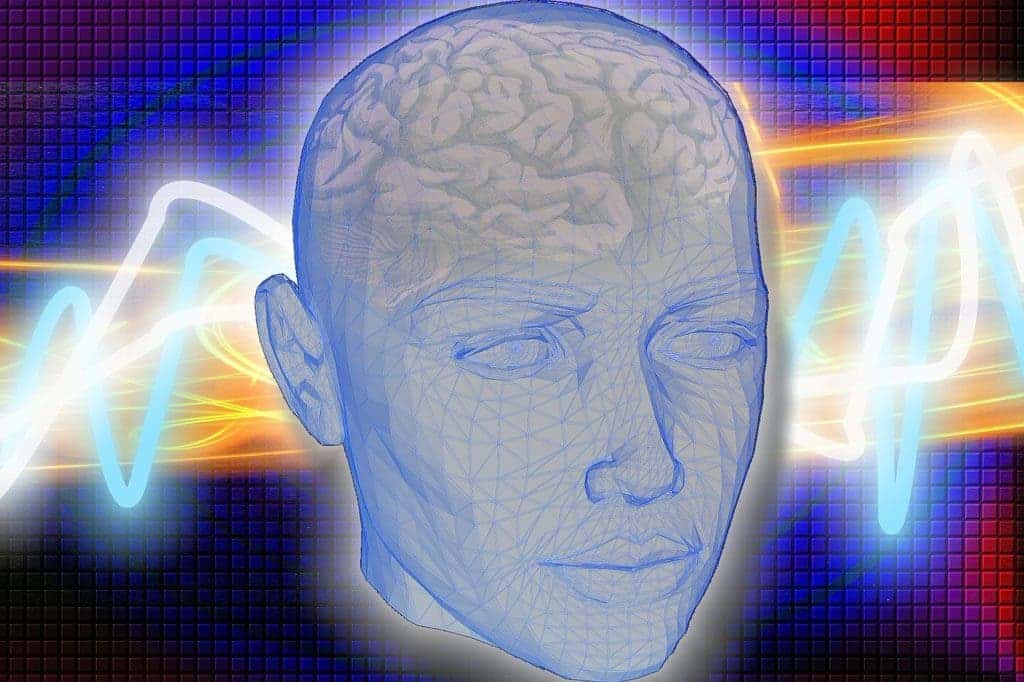Defining consciousness is an immense philosophical question, one that’s likely been pondered for as long as there have been humans around. Many years of contemplation over the nature of human consciousness lie ahead but, from a scientific perspective at least, we seem to be zeroing in on the biological components and mechanisms that give rise to it.
Building on decades worth of neural research, a team from Harvard Medical School and Beth Israel Deaconess Medical Center claims it has located brain regions that likely play a pivotal role in maintaining humans in a conscious state.
According to textbook neurology, consciousness is defined by two critical components: awareness and arousal. Previous research suggests the brainstem — the central trunk of the mammalian brain which is contiguous with the spinal cord and is responsible for sleep-wake cycle, but also automates respiration and heart rate — is the brain region responsible for regulating arousal. The neural systems responsible for awareness have been far more difficult to pinpoint but we do they’re somewhere in the cortex, where many of the brain’s higher functions are enabled.
Making sense of the seemingly tangled mess comprised of hundreds of billions of neurons can become a mammoth task. Which is why the researchers applied a sort of reverse engineering approach by studying patients who had brainstem lesions. Of the 36 patients involved in the study, 12 were in a coma while 24 were conscious.
Using brain scans, a map of the injured site was made for each participant which revealed that the rostral dorsolateral pontine tegmentum — a very small region of the brainstem — is strongly associated with inducing coma. Ten out of the twelve coma patients had lesions in this area, while only one of the 24 controls did.
[ALSO SEE] Consciousness comes in ‘slices’ roughly 400 milliseconds long
Using the most complex and detailed wiring diagrams of the human brain, based on a data set called the Human Connectome, it was then a matter of identifying which other parts of the brain were connected to the coma-causing lesions. Singling them out one by one, the researchers found two areas of the cortex were particularly connected to the coma-associated region of the brainstem. One was located in the left, ventral, anterior insula, the other in the pregenual anterior cingulate cortex (pACC), as reported in the journal Neurology.
Both of these regions were previously associated by other studies as being involved in arousal and awareness.
“For the first time, we have found a connection between the brainstem region involved in arousal and regions involved in awareness, two prerequisites for consciousness,” said Michael Fox, HMS assistant professor of neurology at Beth Israel Deaconess. “A lot of pieces of evidence all came together to point to this network playing a role in human consciousness.”
“We can look at not just the location of lesions, but also their connectivity,” he said. “Over the past year, researchers in my lab have used this approach to understand visual and auditory hallucinations, impaired speech and movement disorders. A collaborative team of neuroscientists and physicians had the insight and unique expertise needed to apply this approach to consciousness.”
To investigate further, a special kind of MRI machine scanned the brains of another subset of patients with consciousness disorders. In those patients with impaired consciousness, the newly identified brain network was disrupted seemingly confirming its importance in maintaining a state of awareness and arousal.
The implications of this study might be huge for the thousands of patients currently in comas. Some 90% of brain injured patients who are vegetative for one month or longer will fail to improve to a state better than severe disability if they wake up.
“The added value of thinking about coma as a network disorder is it presents possible targets for therapy, such as using brain stimulation to augment recovery,” Aaron Boes, a co-author of the new paper, said.
“This is most relevant if we can use these networks as a target for brain stimulation for people with disorders of consciousness,” said Fox. “If we zero in on the regions and network involved, can we someday wake someone up who is in a persistent vegetative state? That’s the ultimate question.”










